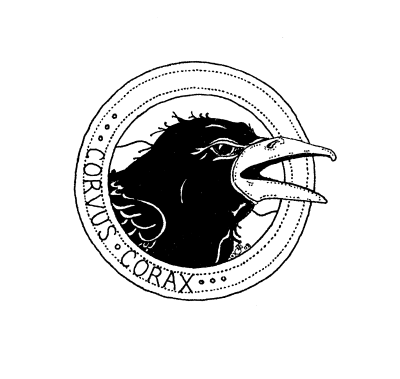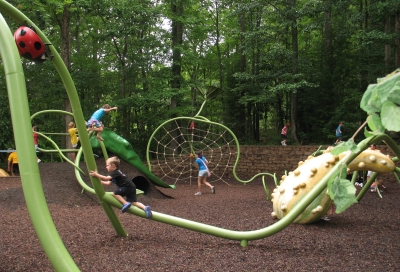“It is impossible to care for each other more or differently than we care for the earth . . . there is an uncanny resemblance between our behavior toward each other and our behavior toward the earth.”
Wendell Berry
Attention precedes intention.
I know someone (actually, I live with her) who keeps a paper cup and square of cardboard under the downstairs sink. If a wasp wanders into the house she claps the cup over her, slides the cardboard under her, and sets her free out the front door. I’m thankful to Linda for this because I am slightly hymenopteraphobic. I’m also thankful to her for all the crickets, centipedes, “Palmetto bugs,” and occasional skinks that have ridden that cup to freedom. I can’t exactly express why, but it’s a blessing to be married to someone who doesn’t squash things.
Does Creation rejoice when one wasp is saved? Maybe not, but you never know – the web of life is complex and chaotic and includes every living organism, not least the trillion bacteria that cohabit my body. I couldn’t live without them. Each creature occupies its essential place.
I do know this – Creation rejoices in every moment we take to pay attention. Attention leads to intention. Once we notice the life all around us . . . once we notice how all life interacts and how we affect it . . . we become poised to care. And to behave as if we care.
The very concept of interdependence within the natural world is only about as old as the church I belong to, Community of Christ. That there is an intimate relationship between creatures and their environment was first developed by Charles Darwin, who is considered the Father not only of my other favorite “E” word but also of Ecology. The first published instance of the word “ecology” was not until 1879. One hundred and thirty-three years – not a great deal of time for the Western psyche to incorporate a radically new relationship with Creation: not dominion over all, not even stewardship of all, but coexistence with all. Perhaps it’s not surprising that there are many people who imagine we can somehow live without Cape Fear shiners, Yellow lampmussels, or Schweinitz’s sunflowers, much less wasps, crickets, and skinks.
I expect a visit to the NC Zoo would start a lot of those people on a journey down a path at whose end they would have fallen in love, not only with a baby giraffe, but with a minnow endemic to just five counties in central North Carolina. At least that visit would get their attention. That’s the first responsibility of a naturalist, paying attention. It’s the first responsibility of being human.
. . . . .
Two Sundays ago I left the house at 6:30 a.m. to head for a week at the Zoo. The car was crammed with nature books, poetry books, enough clothes to change two or three times a day anticipating some sweaty 100+ degree weather. I had enough handouts and resources to lead workshops and present readings. Enough food for two weeks, probably. Enough coffee for a month.
I stopped at Bojangles and bought two sausage biscuits because they were on special. As I headed south on I-77 I ate one, and then I thought – what did it take to make this? How many thousands of gallons of water to grow the grain to raise the hog? How much CO2 from tractor exhaust, how much methane from hog lagoon exhaust? You’ve probably read how the United States creates over 16% of global greenhouse gases with only 5% of the population. You may have read how raising meat impacts the environment much, much more than raising grain or vegetables, and how in the developing world, especially China, they are shifting their diets to include more meat as standards of living rise. Well, when I arrived in Asheboro I handed that second biscuit to a friend and decided to give up eating meat.
Will my decision have any greater benefit to Creation than a few more wasps free in the azalea? Maybe not, but it’s just my intention, growing out of my attention.
No matter how you lift your eyes you can’t actually see beyond the horizon. You can’t be sure of the outcomes of all your actions, but you can pay attention. Pay attention to the things you experience every day. To the things you do. Pay attention to what makes you feel within your heart the love your Creator has placed there.
Continue to discover your own place in Creation.
RAVEN
Listen.
I’m not going to say this twice.
The sum and product of words
is no mark of intelligence.
Case in point – cousin Crow,
not half as smart as all his talk.
So listen,
I know three things:
Sky, that small kiss of warm air
that rises through my primaries;
the Water on its breath, ridgeblown mist
that bathes us all and makes springs
overflow into Inadu Creek;
and Earth, slope and cup of cove,
the steep that gathers with wide black wings
to draw down Sky,
draw Water up,
that sets free all things green
into a world first fledged.
But listen.
I know from twenty circles
of snowdeep and hungry moons
and twenty circles of fresh shoots
that Sky . . . Water . . . Earth . . .
none of them are mine.
And I know none are yours.
from Snake Den Ridge, a bestiary © Bill Griffin and Linda French Griffin, March Street Press, 2008
. . . . .
. . . . .
“The universe story is the quintessence of reality. We perceive the story. We put it in our language, the birds put it in theirs, and the trees put it in theirs. We can read the story of the universe in the trees. Everything tells the story of the universe. The winds tell the story, literally, not just imaginatively. The story has its imprint everywhere, and that is why it is so important to know the story. If you do not know the story, in a sense you do not know yourself; you do not know anything.”
Thomas Berry, 1914-2009
. . . . .

















